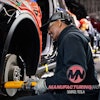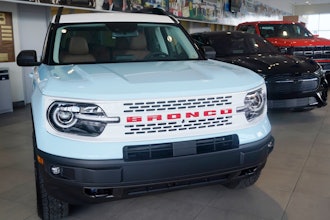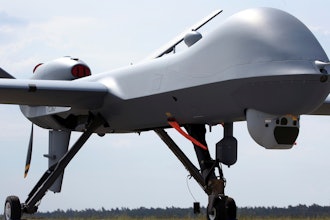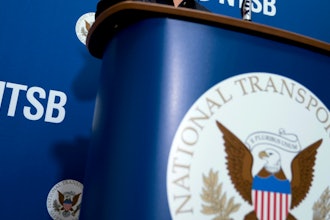TOKYO (AP) — Japanese authorities have identified the causes of fuel leaks and other problems with Boeing's 787 but are still investigating the more serious battery problem that forced an emergency landing in January and the worldwide grounding of the jets.
An oil leak was caused by an improper paint job that led to a switch not working properly, while inadequate taping led to cracks in cockpit glass, and a faulty part led to braking problems, according to the Transport Ministry's investigation released Friday into problems that occurred with the 787 Dreamliner in January.
The government issued orders to fix the problems with 787s operated by Japan Airlines and All Nippon Airways, the country's two major carriers and the biggest customers for Boeing Co.'s new jet.
All 50 of the 787 jets in service around the world have been grounded for more than a month after a lithium-ion battery in a 787 operated by ANA overheated Jan. 16, forcing an emergency landing in western Japan. Earlier in January, a lithium-ion battery caught fire in a Japan Airlines 787 parked in Boston.
Boeing and U.S. authorities are also investigating, but Friday's findings shed little light on the main problem.
The 787 is the first jet to extensively use lithium-ion batteries, which weigh less, charge faster and are more powerful than other kinds of batteries. Japanese manufacturer GS Yuasa makes the batteries for Boeing.
The aircraft manufacturer said earlier this week that it intends to propose to U.S. federal regulators a temporary fix for the batteries. The official who spoke on condition of anonymity did not disclose details.
A fix for the 787 batteries would require stopping an uncontrolled overheating reaction called "thermal runaway," in which the battery gets hotter and hotter, and short-circuits spread from one battery cell to another.
The battery problems are not necessarily linked to their manufacturer and could come from the myriads of parts and systems connected to the battery.
Separately, the Japanese ministry said this week it had found the ANA jet's auxiliary power unit had been erroneously wired to the main battery that overheated.
ANA, which has 17 Dreamliners in its fleet, and JAL, with seven, have had to cancel hundreds of flights over the 787 woes.
JAL and ANA have released plans for flights without the 787 through the end of March, but have not said what they plan to do in the long term. Both companies have said they are ready to seek compensation from Boeing.






















